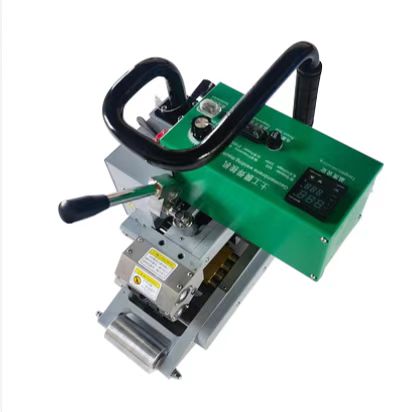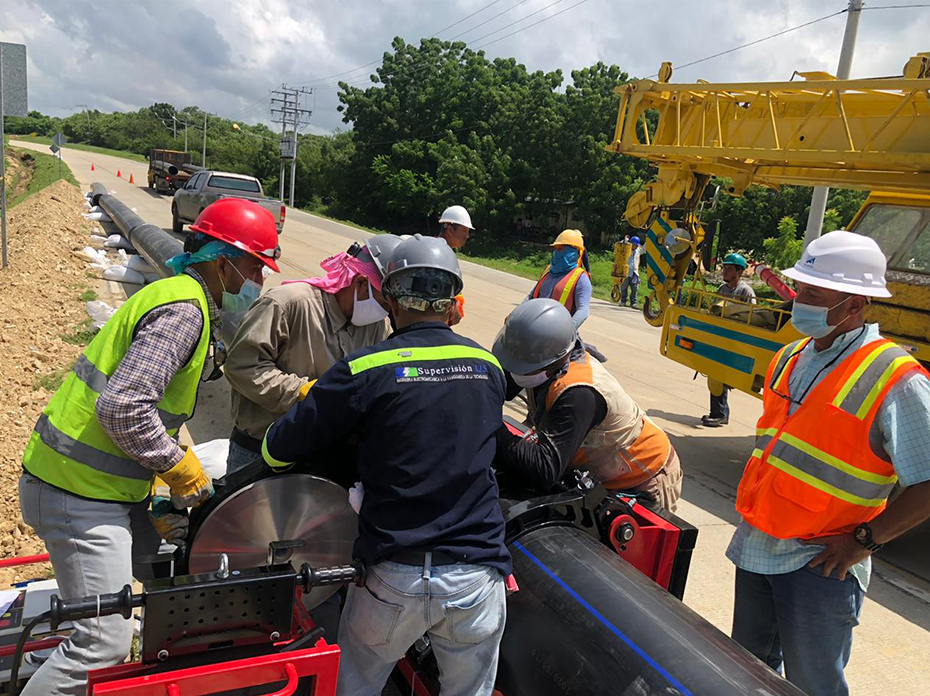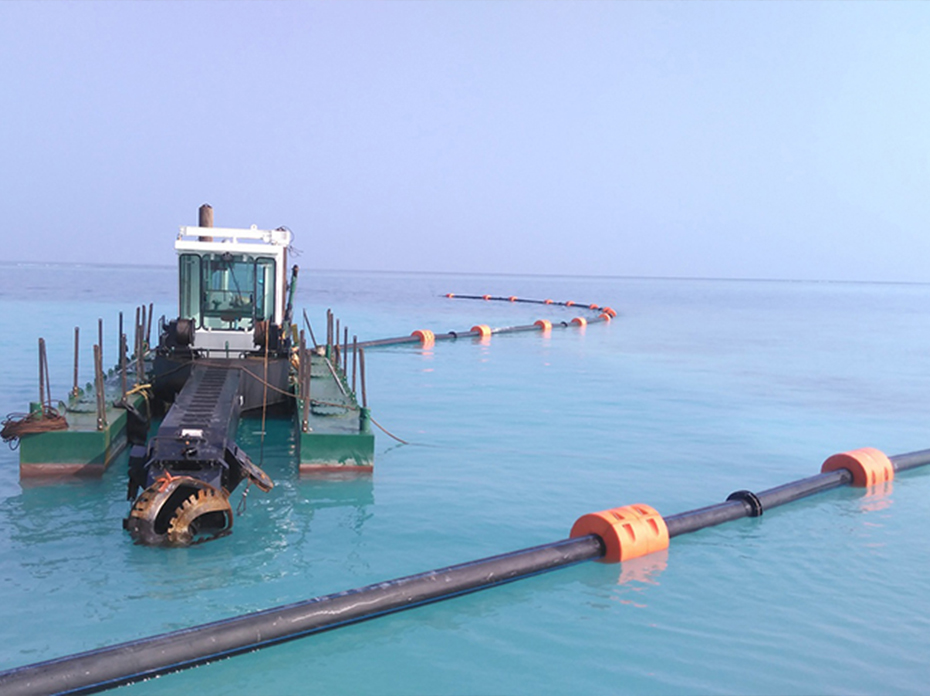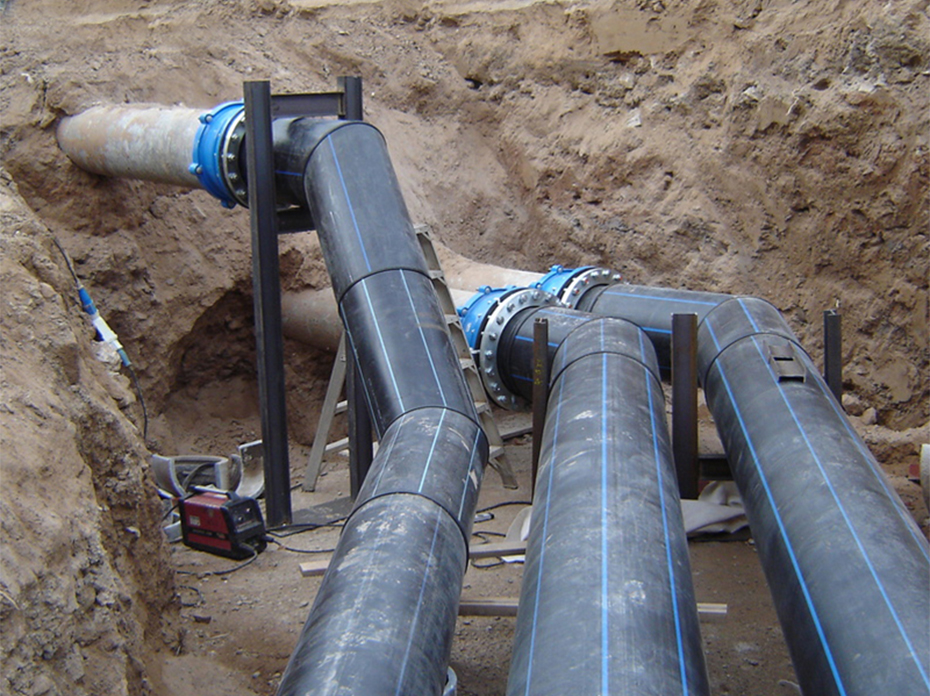Firstly, from the perspective of material characteristics, geotextile is a new type of geosynthetic material, usually made of synthetic fibers through needle punching or weaving. It has good filtration properties, corrosion resistance, water permeability, and strength. Geotextiles are lightweight, have high tensile strength, good permeability, and can resist high temperatures, freezing, aging, and corrosion. On the other hand, geomembrane is a thin film material made of polymer materials, commonly made of polyvinyl chloride (PVC) and polyethylene (PE). Geomembranes have high strength, corrosion resistance, aging resistance, and leak prevention properties. They can withstand various external forces, are not easily deformed or damaged, and have high corrosion resistance to various chemicals.
In terms of application areas, geotextiles are widely used in various engineering fields due to their unique properties. They are commonly used as soil separation and filtration materials, for reservoirs, ore processing drainage, and underground drainage of high-rise buildings. Additionally, geotextiles play an important role in riverbank protection, erosion control projects, as well as normal materials for railways, highways, and airport runways. In special cases, they can also be used as anti-frost, anti-freeze insulation materials, and crack-resistant materials for asphalt pavements. On the other hand, geomembranes are also widely used, especially in environmental engineering such as sewage treatment, landfill sites, etc., where they effectively prevent pollution and leakage. At the same time, geomembranes are indispensable in projects such as highways, railways, water conservancy, large-scale construction, and dam creations in power plants.
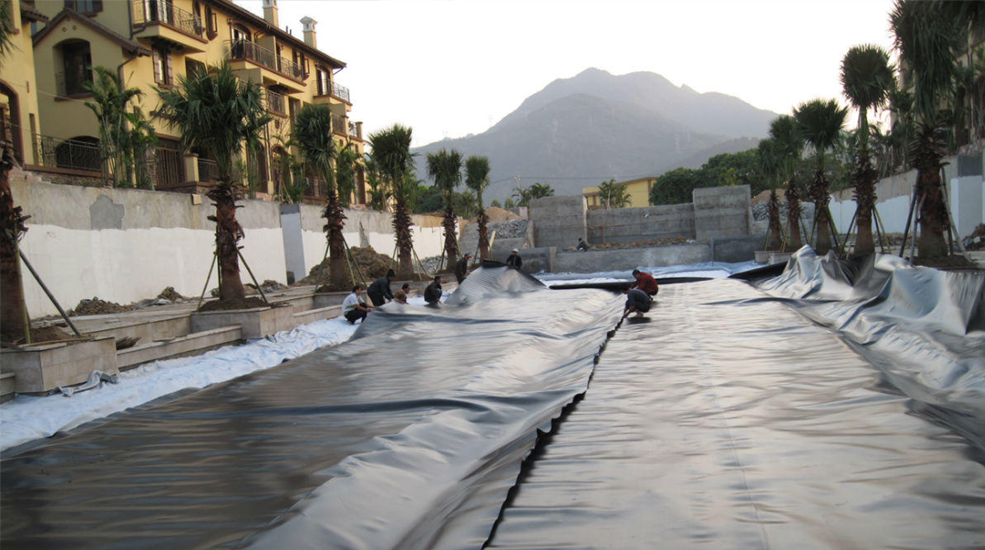
In terms of functionality, geotextiles mainly serve as materials for filtration, isolation, and enhanced safety. Their fibers are arranged in a straight manner, which enables better stress distribution and protection against soil erosion or water impact. Moreover, geotextiles and their composite geotechnical materials prevent liquid seepage and gas volatilization, ensuring environmental and structural safety. Geomembranes, on the other hand, with their high strength, corrosion resistance, and aging resistance, ensure long-term stability in various engineering applications. They have outstanding leak prevention properties, effectively preventing liquid penetration and leakage, thus guaranteeing the quality and safety of the projects.
Furthermore, the two materials have different application methods in construction. Geotextiles, due to their water permeability, are often used as permeable materials in engineering. Geomembranes, on the other hand, due to their leak prevention properties, are commonly used as impermeable layers in engineering. In practical applications, sometimes both materials are used together, such as adopting a "one fabric, one film" or "two fabrics, one film" structure, to enhance the leak prevention performance of the project.
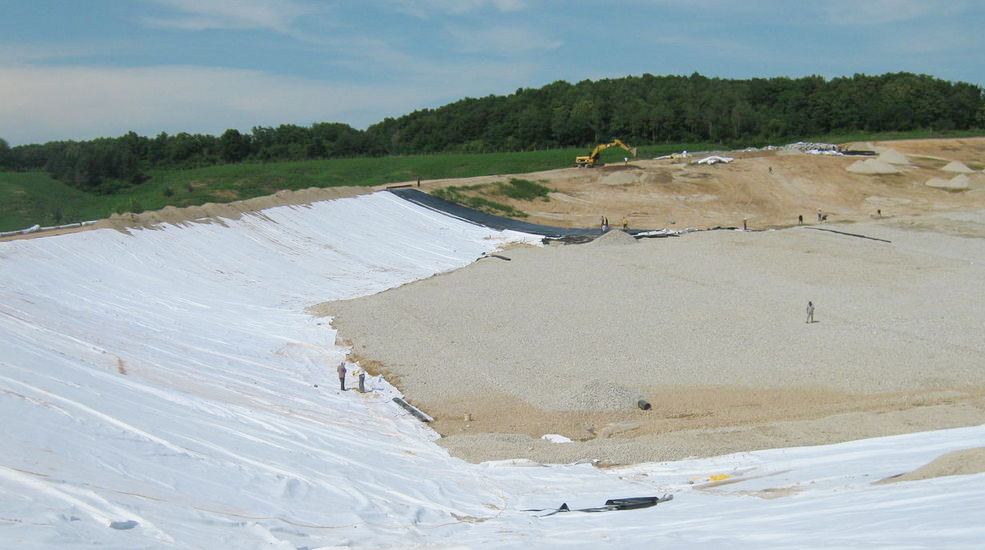
In conclusion, geotextiles and geomembranes have distinct differences in terms of material characteristics, application areas, and functionality. Each has its unique advantages and suitable scenarios, playing irreplaceable roles in civil engineering. In practical applications, the selection of appropriate materials should be based on the specific requirements and conditions of the project to ensure its quality and safety.
You are welcome to : phone call, Message, Wechat, Email& Seaching us, etc.




